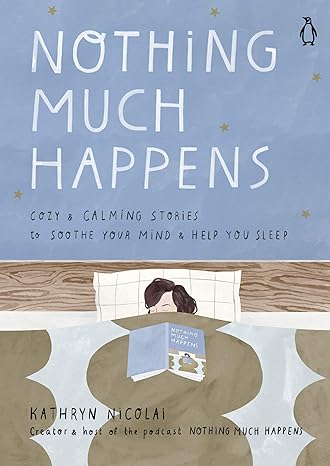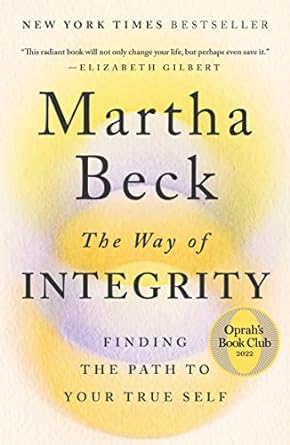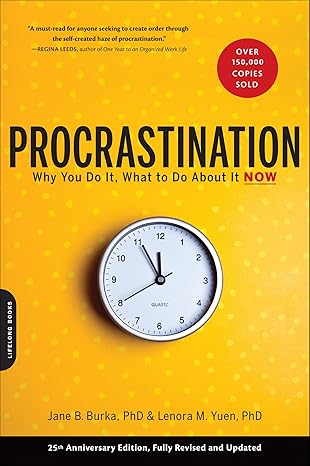
Learning to Love, Part 2
A lasting, loving relationship comes high on the list of life goals for many of us – so why is it so hard to achieve? And where can we find help? Eknath Easwaran is a highly regarded, much-loved spiritual teacher and author who has guided thousands of readers over the decades.
Love is a skill, he tells us, and one that – with some effort – we can all learn. With humor, wisdom, lived experience, and lots of compassion, he gives us practical insights and spiritual advice that anyone from any background can follow to find true love.
This is the second of two short ebooks from Easwaran titled Learning to Love, and you can read them in any order. Here he draws on two sources of inspiration. One is the Bhagavad Gita, the Indian scripture for which he is a leading translator and interpreter.
The other is Shakespeare’s famous sonnet on love, which he knew well as a Professor of English in India before coming to the US. He comments on it in the light of all our modern challenges and offers his own light-hearted update on the plot of Romeo and Juliet.
But you don’t need to know anything about these sources to enjoy this little book. Download it, read it, and get to work learning to love.
BEST DEALS
About the Author
Eknath Easwaran (1910-1999) is one of the twentieth century's great spiritual teachers and an authentic guide to timeless wisdom.
He is a recognized authority on the Indian spiritual classics. His translations of the Bhagavad Gita, the Upanishads, and the Dhammapada are the best-selling editions in the USA.
His books on meditation, spiritual living, and the classics of world mysticism have been translated into sixteen languages. His book Passage Meditation (originally titled Meditation) has sold over 200,000 copies since it was first published in 1978. Two million copies of Easwaran's books are in print.
* Sign up for the free daily Thought for the Day, our bi-weekly email with short articles and stories, and/or our twice-yearly Journal at www.bmcm.org/subscribe/.
* For more information on Eknath Easwaran and free resources on meditation and spiritual living, please visit www.bmcm.org.
Born in Kerala, India, Easwaran was a professor of English literature at a leading Indian university when he came to the United States in 1959 on the Fulbright exchange program. A gifted teacher, he moved from education for degrees to education for living, and gave talks on meditation and spiritual living for 40 years. His meditation class at UC Berkeley in 1968 was the first accredited course on meditation at any major university.
In 1961 he founded the Blue Mountain Center of Meditation, a nonprofit organization that publishes his books, videos, and audio talks, and offers retreats and online programs.
Easwaran lived what he taught, giving him lasting appeal as a spiritual teacher and author of deep insight and warmth.
Discovering Meditation
Easwaran discovered meditation mid-life, while he was teaching on a college campus in central India. In the midst of a successful career he found himself haunted by age-old questions: Why am I here? What is life for? What will happen when I die?
Meanwhile in a few short months he lost two people passionately dear to him: Mahatma Gandhi, whom he’d visited in his ashram, and his beloved grandmother, who was his spiritual teacher. Finally he came home one day to find his dog had been killed by a passing truck, and his sense of loss would not subside. His dog stood for death itself, for all who had passed away.
“Almost instinctively,” Easwaran said, “I went to my room and picked up my Gita, most of which I knew by heart. I closed my eyes, and as I began to repeat the verses silently to myself, the words opened up and took me deep, deep in.” Over the next weeks he continued in the same way, seated in silence in the early morning. His meditation practice had begun.
Still leading a full life at the university, Easwaran looked for guidance in this new inner world. He read the Upanishads, Patanjali, the Catholic mystics, the Buddhist scriptures, the poetry of the Sufis. In addition to his Bhagavad Gita, he found passages for meditation from every major spiritual tradition. Some of the mystics he studied had chosen not to retire into monasteries but, like himself, to seek the spiritual path in the midst of everyday life.
In meditation, he found a deep connection between the wisdom in the passages and the way he conducted himself throughout the day. It was a thrilling discovery. “The passages were lifelines, guiding me to the source of wisdom deep within and then guiding me back into daily life.”
Years passed, and Easwaran’s inner and outer life became richer and more challenging as his meditation deepened.
In 1959 he came to the US on the Fulbright scholarship and lectured widely on the spiritual heritage of India. Some students were eager to learn about meditation, and Easwaran loved teaching. He developed a simple, effective eight-point program of passage meditation based on his own spiritual experience. Thousands of people of all ages and backgrounds now follow this program all around the world.












